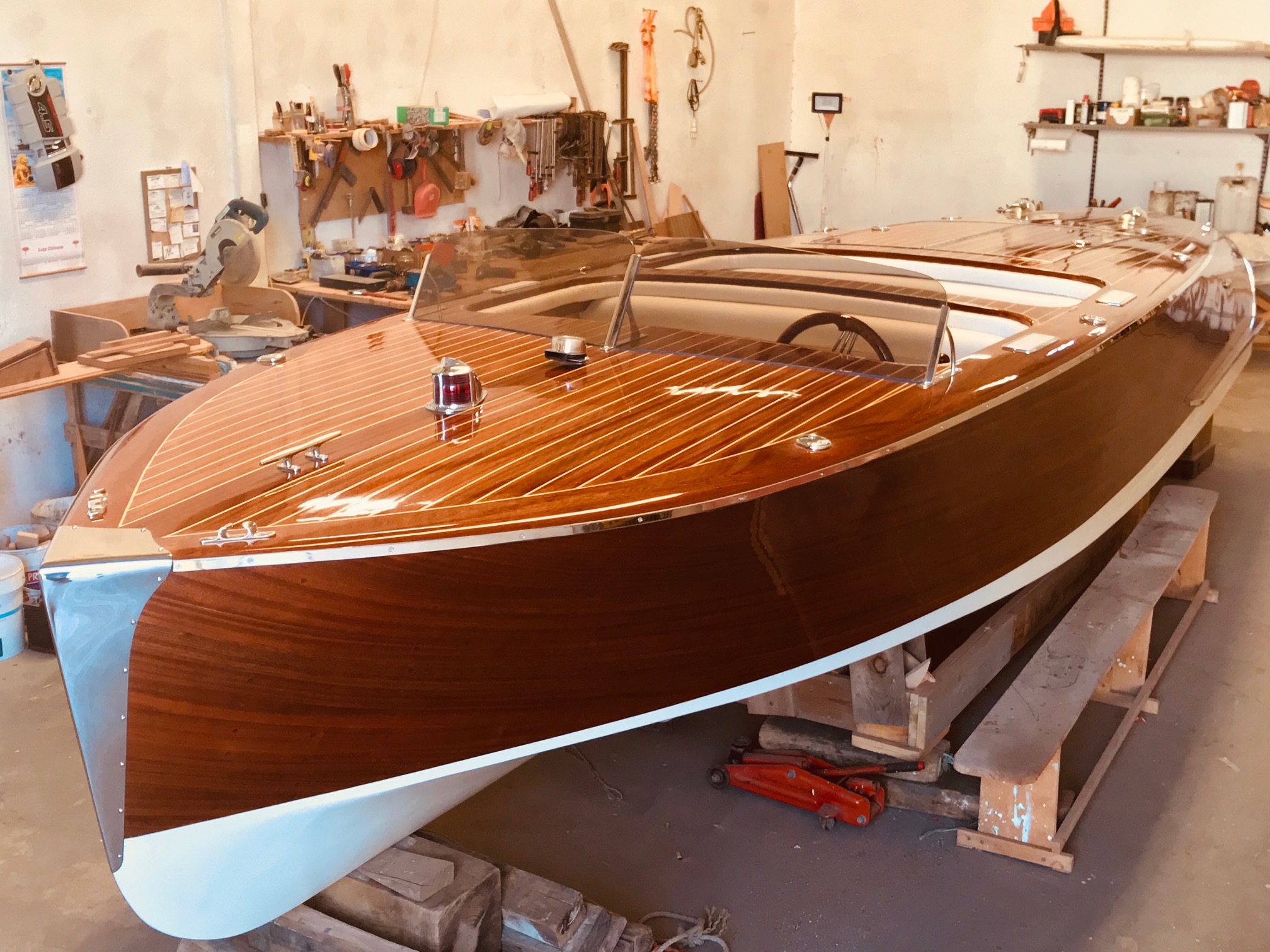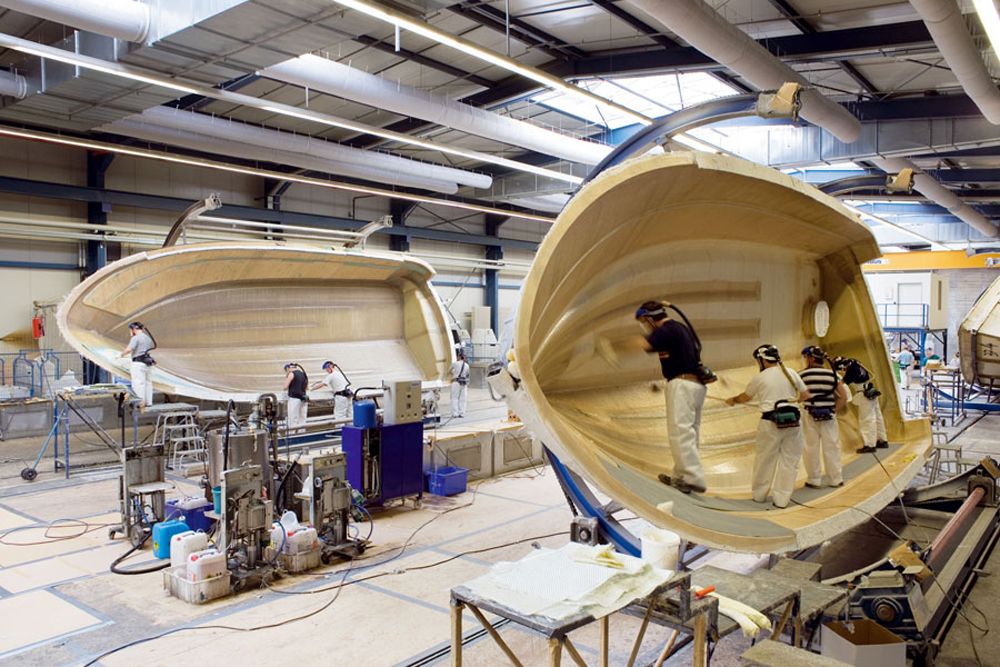
Beyond the Planks: Unveiling the Unexpected in Wooden Boatbuilding
Building a wooden boat is a journeyâ€"a blend of artistry, engineering, and sheer stubborn persistence. While countless resources detail the technical aspects, this review delves into the often-overlooked facets, offering new perspectives for hobbyists, professionals, and anyone captivated by the allure of handcrafted vessels. We’ll explore these less-discussed areas through a question-and-answer format, enriching the traditional narrative with fresh insights.
The Unsung Heroes: Material Selection and Sustainability
Q: Beyond the standard choices of cedar and mahogany, what sustainable and locally-sourced woods are viable for boatbuilding, and how do their properties compare?
A: The environmental footprint of boatbuilding is a growing concern. While exotic hardwoods remain popular, exploring locally sourced alternatives like Douglas fir, larch, or even sustainably harvested reclaimed lumber opens exciting possibilities. Research by the US Forest Service (Insert relevant link if available) highlights the strength-to-weight ratios of various species. For instance, larch boasts impressive rot resistance, potentially reducing the need for extensive chemical treatments. The challenge lies in understanding the unique properties of each species and adapting traditional joinery techniques accordingly. Consider collaborating with local forestry experts to identify suitable, sustainably harvested timber.
Q: How can we minimize waste and maximize resource utilization during the boatbuilding process?
A: Waste reduction is crucial. This goes beyond simply using offcuts for smaller projects. Employing digital design tools like CAD software allows for precise cutting plans, minimizing material loss. Moreover, exploring innovative joinery techniques that reduce the need for extensive shaping and planing can significantly lessen waste. Consider creating a "zero-waste" building plan, where even sawdust is repurposedâ€"perhaps for composite materials or as a component in environmentally friendly finishes.
The Human Element: Beyond the Blueprint
Q: How can the boatbuilding process be used to foster community engagement and collaboration?
A: Building a boat doesn't have to be a solitary endeavor. Many boatyards are embracing collaborative builds, creating spaces for mentorship and skill-sharing. This community aspect is invaluable, fostering a sense of belonging and enriching the learning experience. Think of workshops where experienced builders guide novices, creating a dynamic learning environment. This approach, documented in various woodworking forums and community blogs (insert relevant links if available), demonstrates the powerful social benefits of shared craftsmanship.
Q: How does the emotional investment in a handcrafted boat differ from purchasing a mass-produced vessel?
A: The emotional connection to a hand-built boat is profound. It’s a tangible manifestation of dedication, skill, and countless hours of labor. This intrinsic value far surpasses the monetary cost. This emotional investment is documented through numerous personal accounts on online boatbuilding forums. The pride of ownership transcends the simple act of possession, establishing a deeper relationship between the builder and their creation, a profound emotional return rarely considered in purely economic terms. Many builders describe a connection that resembles parenting â€" nurturing their creation through every stage.
The Future of Wooden Boatbuilding: Innovation and Adaptation
Q: What innovative techniques and materials are pushing the boundaries of traditional wooden boatbuilding?
A: The integration of modern composite materials with traditional wooden hulls is an emerging area of interest. Using carbon fiber or epoxy resins for reinforcement in critical areas can enhance strength and durability without sacrificing the aesthetic appeal of wood. Research in this area is ongoing, with universities and research institutions exploring the possibilities of hybrid designs (insert relevant research links if available). This approach balances the ecological advantages of wood with the enhanced performance of composites.
Building a wooden boat is a rich and rewarding experience. By addressing the often-overlooked aspectsâ€"sustainability, community engagement, and innovative material usageâ€"we can elevate this timeless craft, ensuring its continued relevance in the 21st century and beyond.









